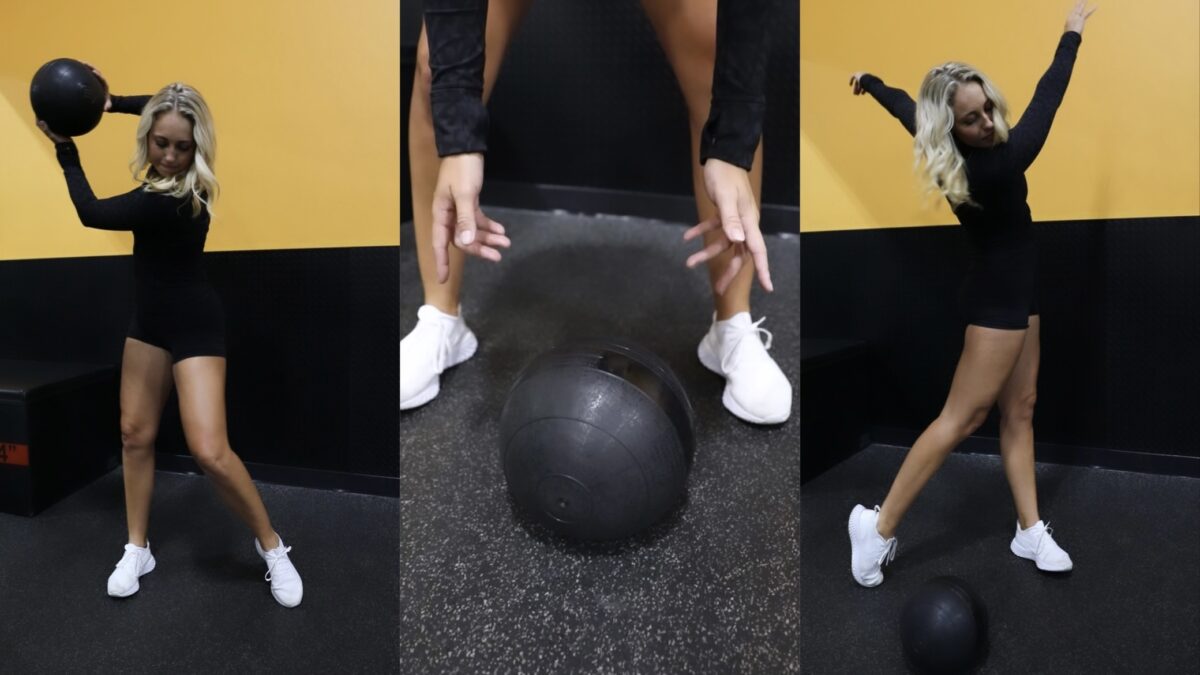You can trust the fitness community to always find new ways to get active. One of the latest workouts they’ve been getting excited about? It’s called rucking. Here’s the lowdown on what rucking is and why people love it.
The whole craze started as a military training exercise called ruck marching. In fact, as Melanie Radzicki McManus wrote for CNN, “One of the tests the US Army gives recruits looking to earn an Expert Infantryman Badge is a 12-mile ruck, or foot march, which they must complete within three hours while carrying at least 35 pounds of gear.”
Sounds pretty intense. But is this strict military testing version of rucking what has gym buffs so excited? Not exactly.

What is rucking?
Let’s define rucking as a fitness trend. As GORUCK, a company that hosts rucking events and sells rucking equipment, explains on its website, “Rucking is the action of walking with weight on your back.” Ruckers strap on a weighted rucking backpack (aka rucksack) and simply start walking.
There are a few reasons why this military training exercise has gained mainstream appeal. As writers for both GQ and Outside have discussed, rucking got a major boost after being mentioned in author Michael Easter’s 2021 book “The Comfort Crisis.” Since then, rucking has taken off on social media likely due in part to its accessibility. After all, you don’t need much to begin rucking. In theory, if you have a backpack and something heavy to put inside of it, you’re ready to go. Rucking is also low-impact, so it doesn’t stress your joints as much as activities like running do.
Rucking benefits
So, what benefits does rucking have as a workout? According to Healthline, people who ruck regularly can expect to improve their “strength, endurance, and general fitness.” The added weight a person carries while rucking also helps them burn more calories than they would by walking without the weight.
Further, rucking can offer meaningful benefits to older people. A 2019 study published in the Journal of Clinical Medicine found that weighted exercises helped older women “significantly improve lower limb muscle power and functional ability.” As a weighted cardiovascular exercise, rucking may be a useful tool for retaining muscle strength as you age.







